Just over one hundred years ago, Lieutenant-Colonel Rothmann, an officer in Napoleon III's army, decided to settle in Yerres on retirement. A talented watercolorist, he set about depicting our town as he saw it at the time. These colorful watercolors are on display from December 16 to 24, 2023, by the Yerres Historical Society. But long before that, he took part in the disastrous expedition to Mexico, from which he brought back some thirty pencil sketches.
Lieutenant-Colonel Rothmann's Mexican war campaign
By André Bourachot
|
[

This document is also available in PDF format, 5 pages, 1,724Kbytes]
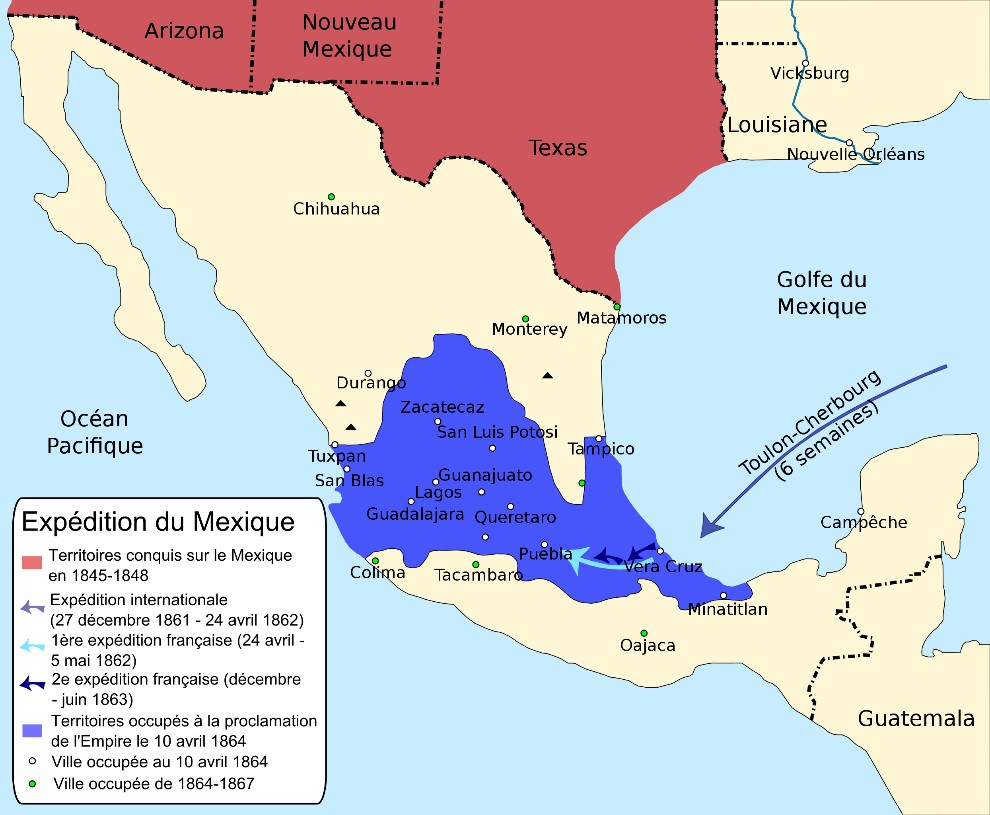
Let's start by recalling what the Mexican War was all about. Napoleon III became involved in Mexico for a number of reasons, initially at the behest of certain Mexican landowners, with the idea of creating a Christian empire in America to counterbalance the USA, which was soon in the throes of a war of secession, and, it has to be said, under pressure from the Empress Eugenie. Mexico, heavily in debt to numerous European powers, had just emerged from three hundred years of Spanish colonization and had had to cede Texas to the Americans (1845), with whom it was in perpetual conflict. The country was highly unstable politically, and in 1861, Benito Juarez's government introduced a series of reforms (civil marriage, sale of ecclesiastical property, etc.) that struck a blow against a country with a strong Catholic tradition. It seemed an easy prey to take, and Eugenie had even found a prince to put on the throne: Maximilian of Habsburg. A Franco-Anglo-Spanish expedition was decided upon and took place during the winter of 1861-1862. The English and Spanish soon withdrew in 1862, but the French continued.
In 1862, Lieutenant Rothmann was second-in-command of the 1st section of the 13th company of the 3rd Engineer Regiment. He embarked in Cherbourg on August 22, 1862, on the Tilsitt, a 90-gun vessel originally under sail, but converted into a steamer. He arrived in Veracruz on the east coast of Mexico on October 19 after almost 60 days at sea, a long and demanding voyage. The job of the engineers is to support the infantry and cavalry. This support can take many forms: repairing trails, building bridges, digging trenches to lay siege to the many Spanish-built forts in Mexico, and using explosives to blow up walls and clear routes. This was the work of Rothmann and his men throughout the campaign.
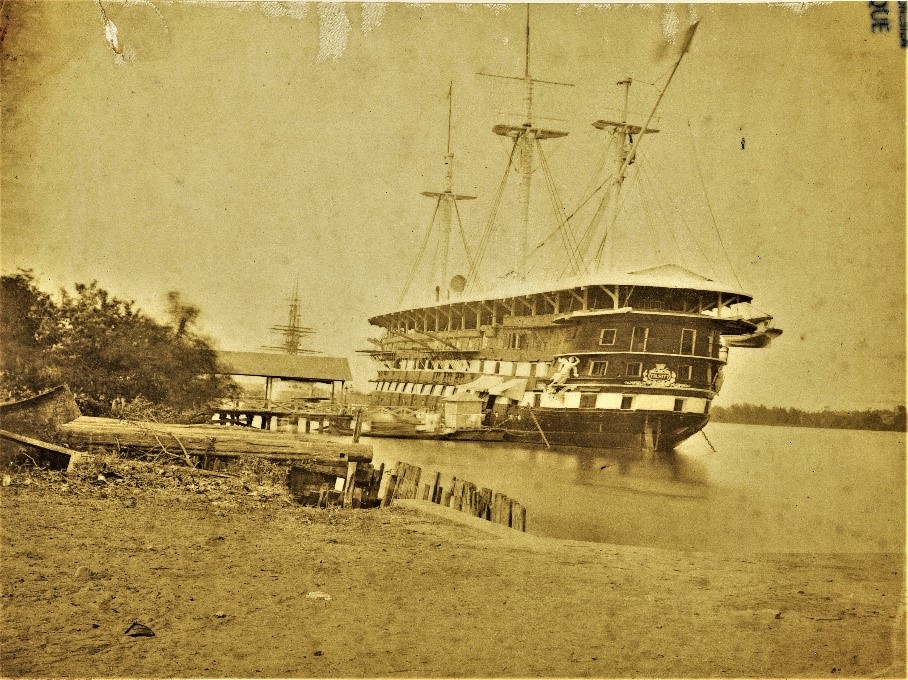
|
| The Tilsitt used as barracks in Saigon in 1877
|
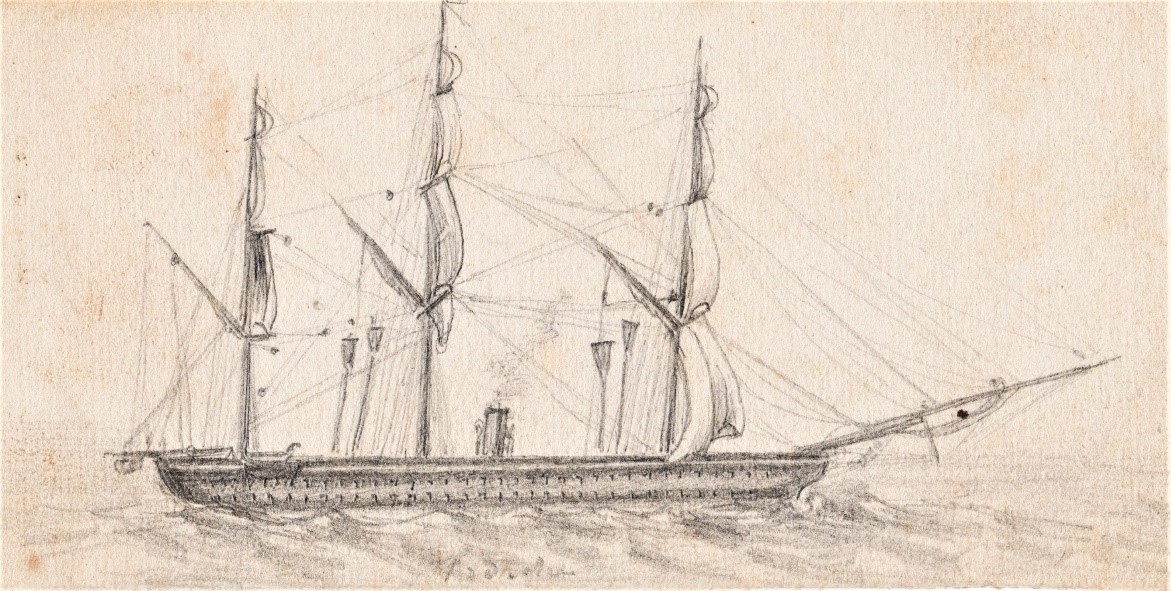
|
| Tilsitt as seen through the pencil of Lieutenant Rothmann
|
Progress is slow. They left Veracruz on October 24 en route to Jalapa, Perote and Nopalucan, with Puebla as their final destination. They stayed there for a month and a half, preparing the siege equipment for the siege of Puebla, where theyarrived at the end of January 1863 (distance Puebla-Veracruz approx. 300 km). The siege of Puebla began on March 23, 1863 and ended on May 19. It was one of the toughest battles of the campaign. The city was protected by a series of forts, which had to be taken one after the other. Trenches were opened up, mines were placed under the walls, and the walls were knocked down to make way for the infantrymen, who came up against barricades all along the way. Lieutenant Rothmann distinguished himself by opening seventeen trenches with his section.
On June 7, Rothmann, now a captain, entered Mexico City with his section. Then, as the history of the 3rd Engineers calls it, began a race to the interior that would take the French forces all the way to the Pacific, crossing the whole of Mexico and the north of the country - the staff would call this part of the campaign the "Expedition of the Interior". Rothmann will pass through Monterrey and Durango. He remained close to the Pacific coast, fighting at Mazatlan, Guaymas (on the coast) and above all at Espinazo-del-Diablo, etc., for which he was cited in the divisional order on May 30, 1865. The fight against the American-backed Juarez partisans in the north of the country was fierce, and never let up.
On December 1, 1865, he left Durango with 600 freedmen to embark for France at Veracruz. He disembarked in Brest on March 28, 1866, after crossing Mexico once again from west to east, and... the Atlantic.
The last French soldiers left Mexico in 1867, and Maximilien was shot on July 19, 1867. The campaign was a complete failure, for which Napoleon III was much criticized.
Captain Rothmann brought back from Mexico some thirty pencil sketches, "sur le pouce" you might say. These are small strips of paper, about fifteen centimetres by five centimetres, which replace the photographic snapshot he was unable to take; here are a few of them.

|
| 13th Company billets in Veracruz
|
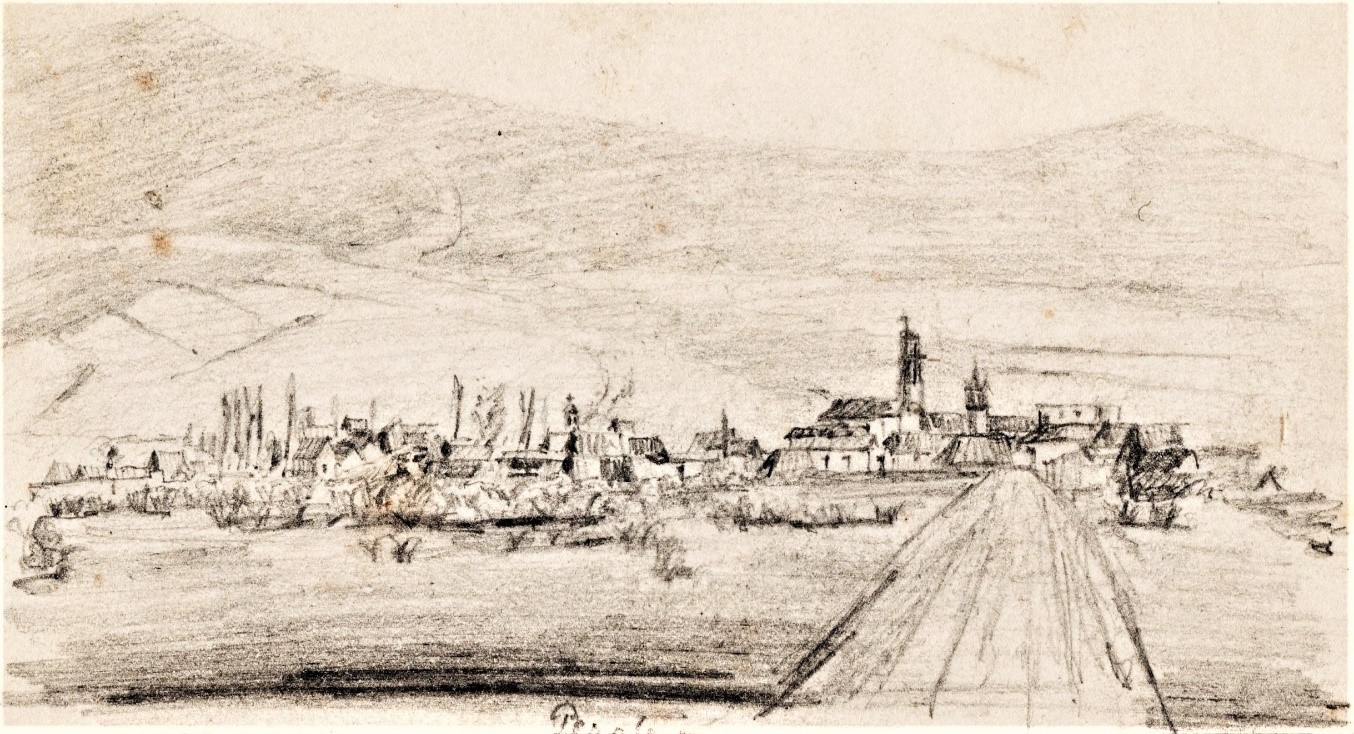
|
| The village of Perote
|
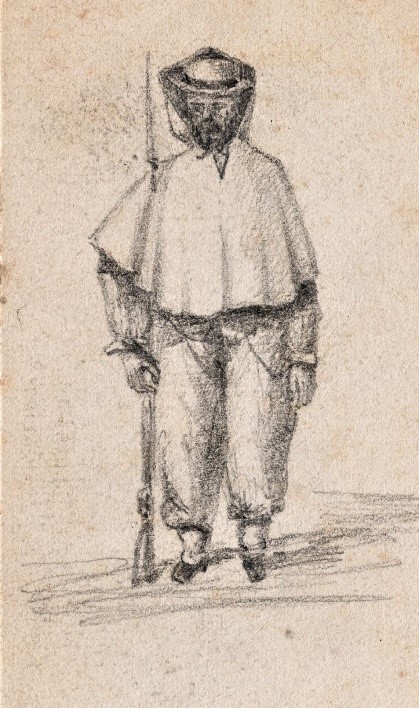
| Captain Rothmann's drawing, or how to protect
yourself from mosquitoes and "vomito negro". |
The then Captain Rothmann returned to France apparently unharmed, having suffered no injuries or tropical diseases. The most deadly, yellow fever, known in the region as "vomito negro", or "black vomit", transmitted by mosquitoes, killed more French servicemen than partisans. Some 20 % of the 30,000-strong expeditionary corps did not return from Mexico.
|



